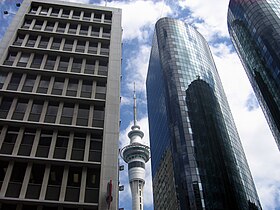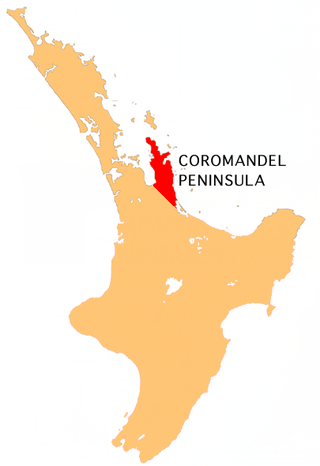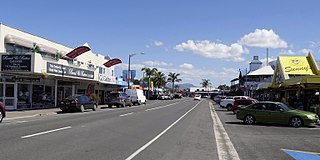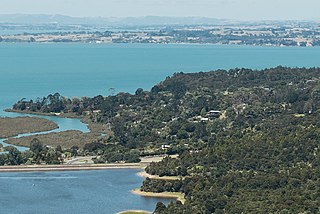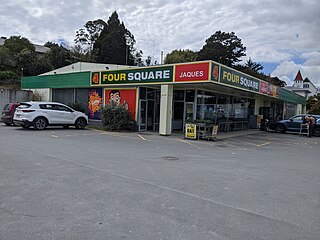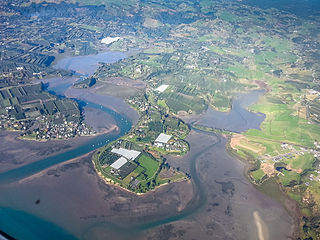
Statistics New Zealand defines urban areas of New Zealand for statistical purposes (they have no administrative or legal basis). [1] The urban areas comprise cities, towns and other conurbations (an aggregation of urban settlements) of a thousand people or more. In combination, the urban areas of the country constitute New Zealand's urban population. [1] As of June 2023, the urban population made up 90.8% of New Zealand's total population.
Contents
- Statistical Standard for Geographic Areas 2018
- Major urban areas
- Large urban areas
- Medium urban areas
- Small urban areas
- Rural settlements
- New Zealand Standard Areas Classification 1992
- Main urban areas
- Secondary urban areas
- Minor urban areas
- Changes to classification
- Related lists
- References
The current standard for urban areas is the Statistical Standard for Geographic Areas 2018 (SSGA18), which replaced the New Zealand Standard Areas Classification 1992 (NZSAC92) in 2018. [2]
There are four classes of urban area under SSGA18:
- Major urban areas, with a population of 100,000 or more. There are seven major urban areas which combined have a population of 2,645,000 (50.6% of the total population).
- Large urban areas, with a population of 30,000 to 99,999. There are 13 large urban areas which combined have a population of 730,600 (14.0% of the total population).
- Medium urban areas, with a population of 10,000 to 29,999. There are 23 medium urban areas which combined have a population of 472,800 (9.1% of the total population).
- Small urban areas, with a population of 1,000 to 9,999. There are 152 small urban areas which combined have a population of 546,900 (10.5% of the total population).
Each urban area consists of one or more level-2 statistical areas (SA2s). Urban areas under SSGA18 do not cross territorial authority boundaries, with one exception (Richmond, which lies in the Tasman District but includes the Daelyn SA2 area from neighbouring Nelson City).
Statistics New Zealand also defines rural settlements with a population of 200 to 999 people or at least 40 dwellings. [3] [4] While these do not fit the standard international definition of an urban population, they serve to distinguish between true rural dwellers and those in rural settlements or towns. There are 402 rural settlements which combined have a population of 157,400 (3.0% of the total population).
In 2023, Stats NZ updated the 2018 standard for geographical areas with the new NZ Statistical standard for geographic areas 2023. While similar, the new standard has added a new geographical area (SA3), has upgraded Wanaka to a medium urban area, seven rural settlements to small urban areas and has created thirteen new rural settlements. [5] [6]
